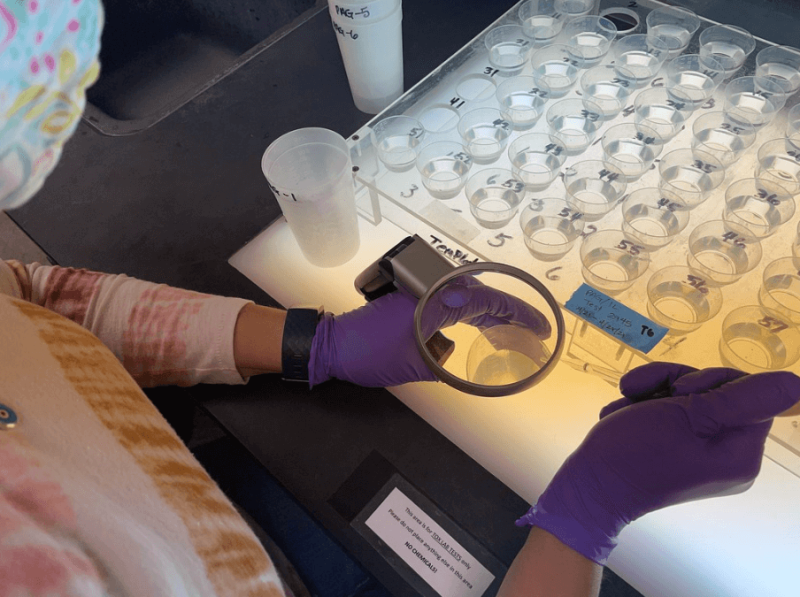The first article on this blog devoted to glyphosate deciphered the political issues surrounding the reauthorization of this herbicide in the European Union. The second showed the manipulations surrounding claims about its carcinogenicity. The present gives the floor to Michel Vaudour, farmer and head of the file for the FNSEA CVL, and JeanYves Chauveau of the agricultural weekly Terre de Touraine, key figures of the collective entitled Notrefuturdansleschamps which refuted a campaign which claims glyphosate contaminates the entire French population.
…
Beyond that, to distinguish between “background noise” and glyphosate: “presence to be checked by a confirmation technique” (the reliable method is chromatography coupled with mass spectrometry). By following this protocol, the final measurement in Europeans simply indicates traces in 15 to 25% of cases, with values close to the detection limit. It wasn’t enough to create an anxiety-provoking campaign.
However, in 2014, [Monica] Kruger allowed herself to lower the threshold for urine to that of water (8 times lower) and to transform the alert tool into a direct quantification tool. To validate the maneuver, she published a “study” in a scientific journal selecting 13 values out of more than 400. Biocheck takes the legal precaution of indicating that the procedure is “nicht adkrediertes” (not accredited) at the bottom of its analyses.
This allowed them to show 99.6% positive results in 2016 in a campaign of 2000 analyses via organic stores.
[Editor’s Note: This article has been translated from French and edited for clarity.]































